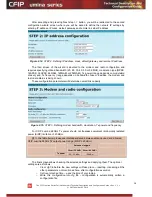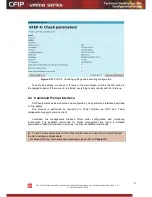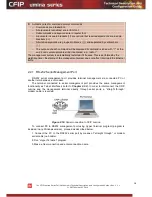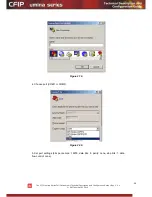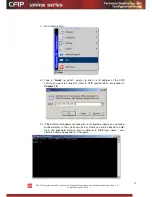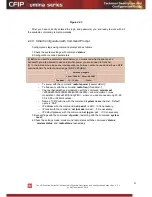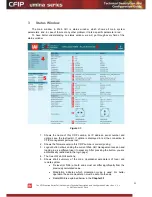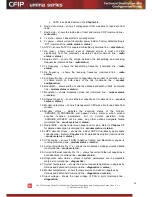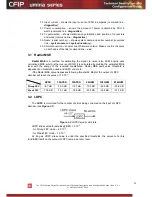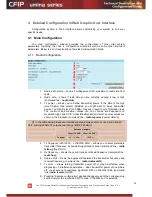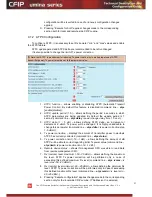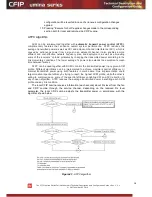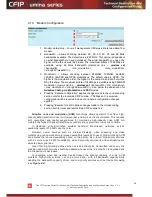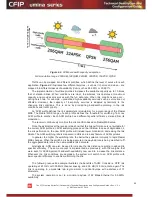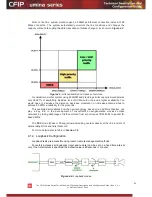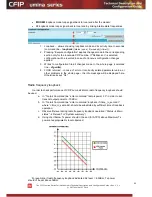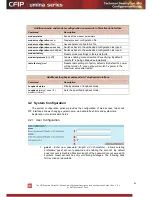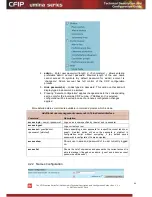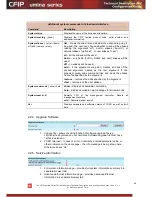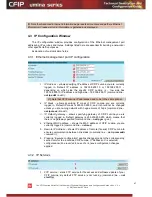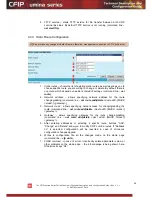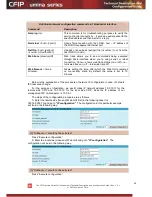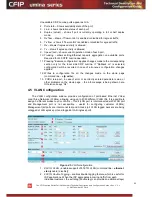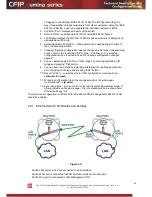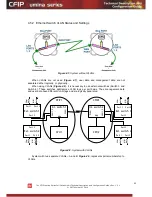
The CFIP Lumina Series Full Outdoor Unit Technical Description and Configuration Guide
•
Rev. 1.3
•
© SAF Tehnika JSC 2010
38
configuration will be reverted in case of erroneous configuration changes
applied.
10.
Pressing “Execute for both” applies changes made to the corresponding
section both for local and remote side CFIP Lumina.
ATPC Algorithm
ACM can be implemented together with
automatic transmit power control (ATPC)
,
complimentary features that enhance overall system performance. ATPC reduces the
average transmitted power as well as CCI and adjacent-channel interference (ACI), which is
caused by extraneous power from a signal in an adjacent channel. It also enables a more
efficient and cost-effective network frequency plan and deployment, as well as eliminating
some of the receivers‟ “upfade” problems by changing the transmitted power according to the
link momentary conditions. The lower average Tx
power also extends the equipment‟s mean
time between failures.
ATPC can be used together with ACM to control the transmitted power in any given ACM
profile. Different algorithms can be implemented to achieve maximal spectral efficiency or
minimal transmitted power using both features in combination. One implementation could
target maximal spectral efficacy by trying to reach the highest ACM profile, while the other is
willing to compromise on some of the spectral efficiency enabling CCI and ACI reduction. In
any chosen algorithm, ATPC reduces the average transmitted power, benefiting each ACM
profile and any link condition.
The local CFIP Lumina receives information (each second) about Rx level from the far-
end CFIP Lumina through the service channel; depending on the received Rx level
parameter, the local CFIP Lumina adjusts the transmitter power in accordance with the
algorithm shown below.
Figure 4.1.
ATPC algorithm



